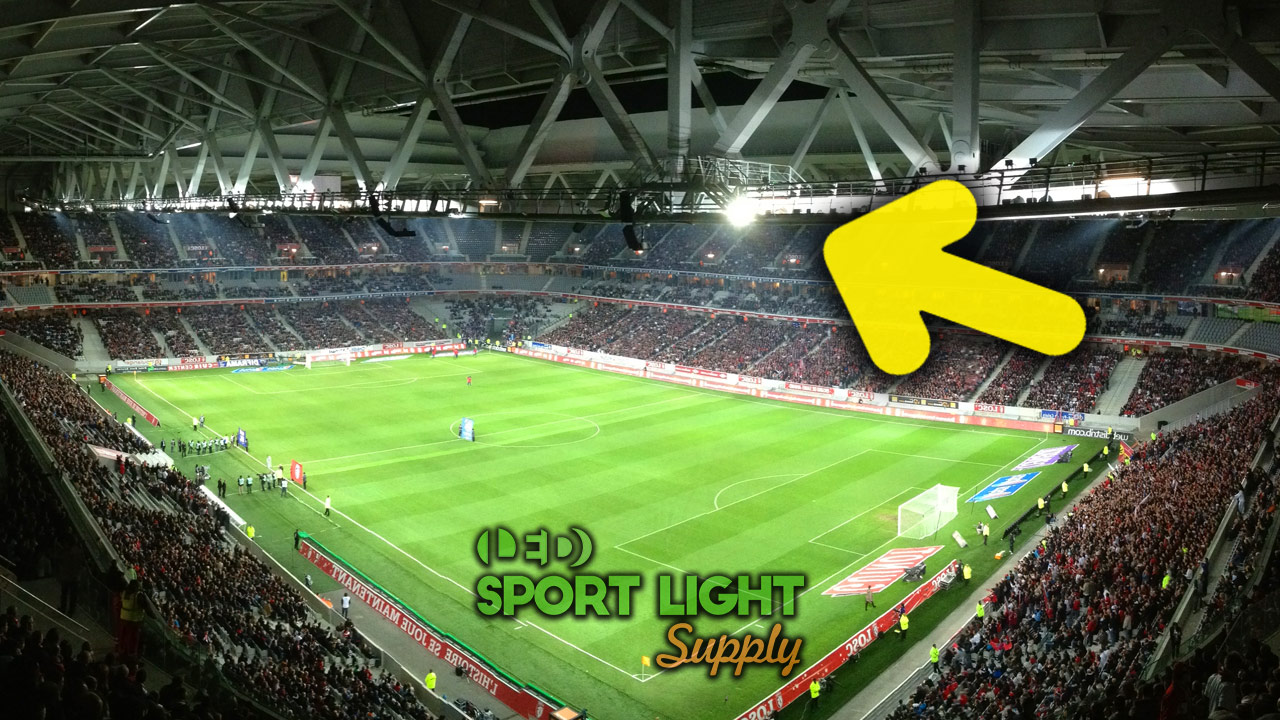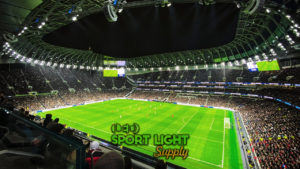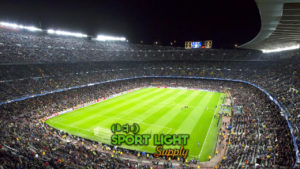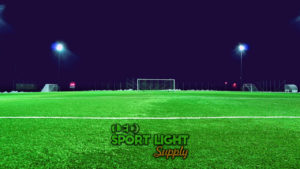The level of lighting standards for soccer fields must follow regulations and guidelines if they want to be considered professional. This allows a pitch to have all the requirements needed to host semi-pro and professional soccer events. It also allows their players, spectators, and television crews to see everything without much effort. So, what are the standard regulations and requirements in 2021 that your soccer field needs to reach that level too?
Why do we need to comply with the soccer field lighting standard?
1. Improved vision of soccer players
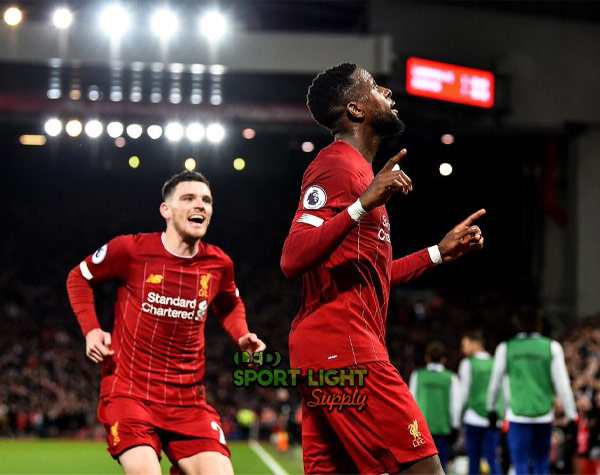 As most of the action and activity that happens with soccer is performed on the ground, pitches must be well-lit. This is called horizontal illumination and is provided by high mast poles that have light fixtures attached. This provides a majority of the ground lighting for the field so the athletes can see their soccer field clearly.
As most of the action and activity that happens with soccer is performed on the ground, pitches must be well-lit. This is called horizontal illumination and is provided by high mast poles that have light fixtures attached. This provides a majority of the ground lighting for the field so the athletes can see their soccer field clearly.
2. Better vertical illuminance for camera
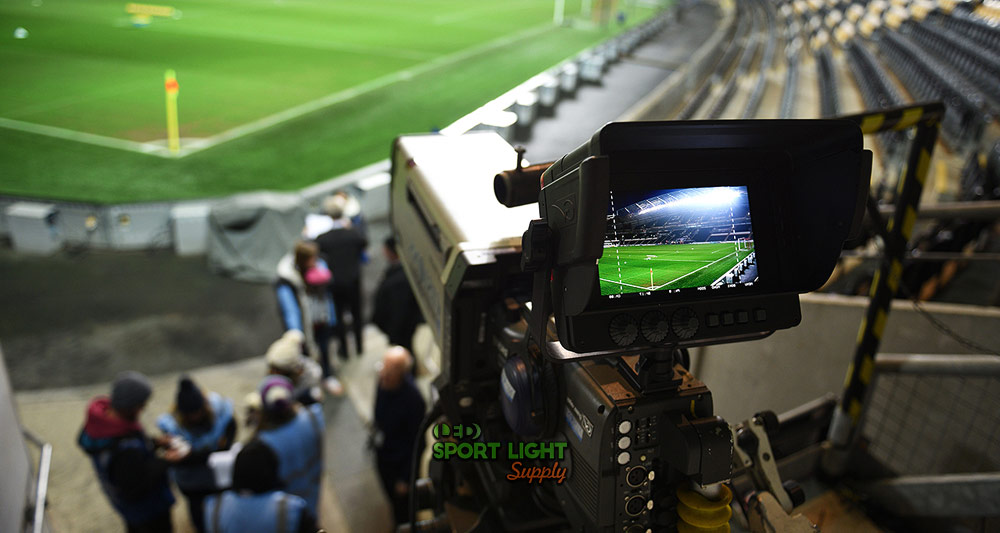
There is also a major need for vertical illumination that is mainly for television cameras but not limited to spectators. This type of lighting helps reduce ground shadows that are caused by overhead mast lighting. Vertical illumination helps light-up objects and players evenly from all sides. In return, players have better visibility on the pitch with little effort and can perform their best.
3. Visible light for judges and spectators for a better atmosphere
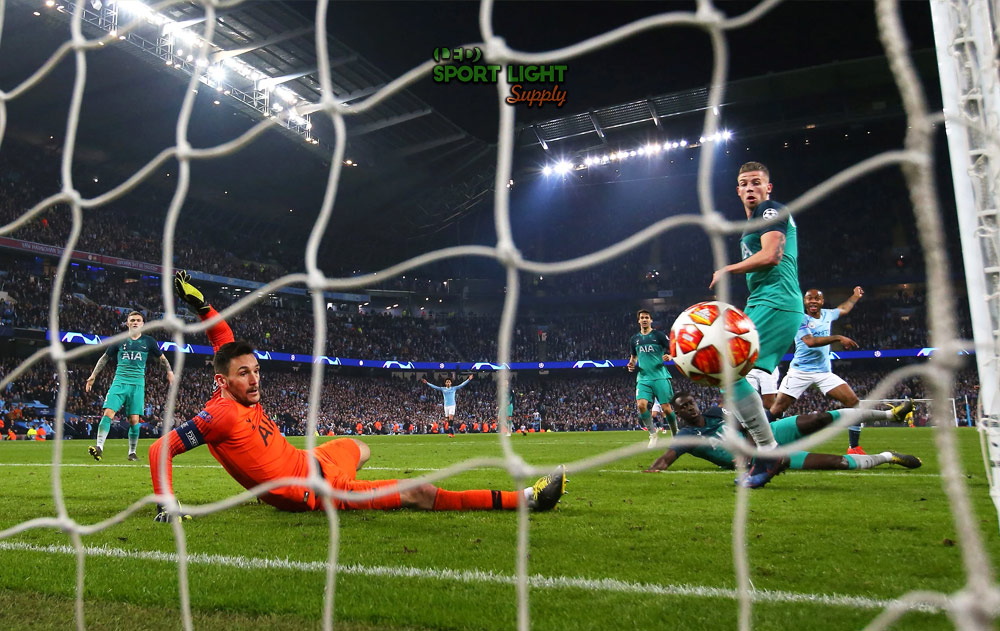
The combination of using this type of light system is also a regulation and requirement for professional-level soccer events. It’s now becoming more common to see college and high school soccer fields adapting to this standard. It makes it easier for judges and spectators to see the players in action and without overhead shadows. This makes any soccer event simply look more professional and a stronger selling point as a spectator sport.
Soccer field lighting standard
1. Brightness (lux) requirement of soccer field lighting
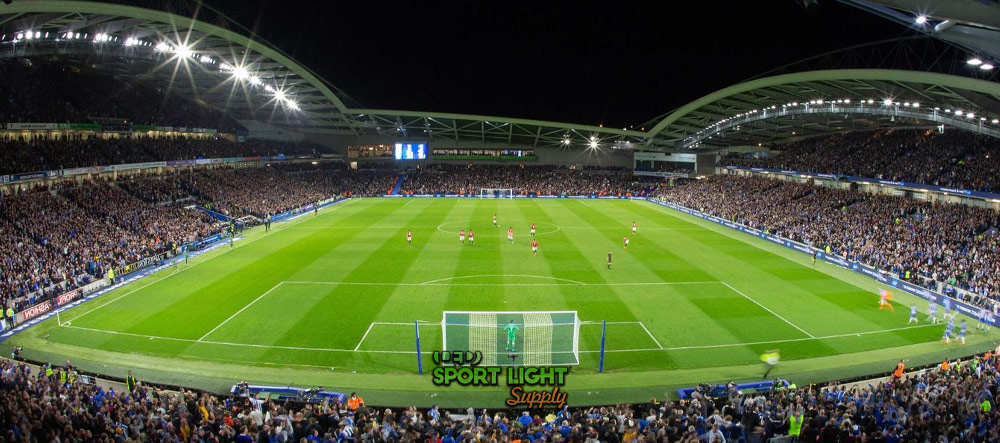
The basics for brightness will differ from field to field, but obviously for the level of competition. Lighting levels containing a specific amount of Lux and foot candles will have an effect on visual levels likewise. Here is how they break down based on the class rating.
a) Class 1 (Professional and championship soccer games including FIFA or Olympic games)
Lux: 500-750-800
The minimum begins with 500 up to 750 Lux for professional soccer matches. If the match is televised, then that amount of light needs to have 800 Lux, as a minimum. National and international games for the Olympics and FIFA can request up to 1500 Lux with lighting uniformity at 0.8.
Foot candles
- 46,468-foot-candles for 500 Lux
- 69,702-foot-candles for 750 Lux
- 74,349-foot-candles for 800 Lux
- 139,405-foot candles for 1500 Lux
b) Class 2 (Semi-professional, high school, upper-level training)
Lux: 200-500
Foot candles
- 46,468-foot-candles for 500 Lux
- 18,587-foot-candles for 200 Lux
These fields are ideal for professional-level players since the lighting is more relaxed for soccer practice. The lower levels of Lux can prevent excitability and reduce athlete injuries.
c) Class 3 (Local competition training, school and recreational soccer pitch)
Lux: 75-200
Foot candles
- 18,587-foot-candles for 200 Lux
- 6,970-foot-candles for 75 Lux
With this amount of field light, everyday gaming can be played with ample amounts of light. This is perfectly suited for parks and soccer fields where local teams can play.
2. Lighting uniformity requirement
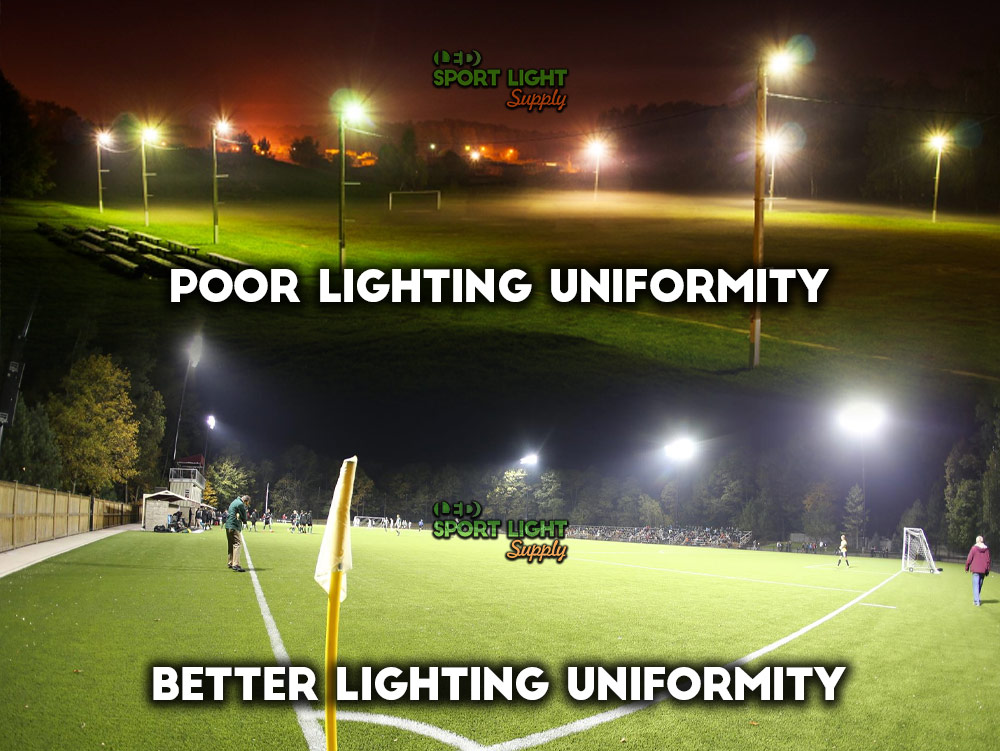
This is the measured level of both the vertical and horizontal lighting ratings. These are measures on the field using a light meter. Each section that’s measured must have a greater than equal to a symbol such as ≥0.7
- Class 1 (with at least 0.7 lighting uniformity)
- Class 2 (with at least 0.6 lighting uniformity)
- Class 3 (with at least 0.5 lighting uniformity)
3. Light pole layout
a) 4-pole (Class 3)
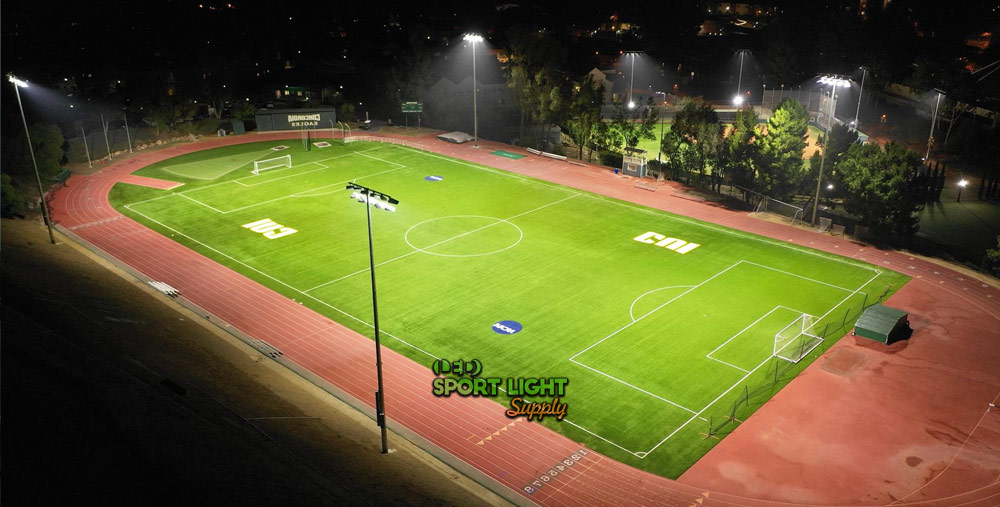
This pitch is meant for recreational and training purposes. Typically, there are 4 light poles stationed around the leading edge of the penalty area line of the pitch. If there are bleachers or seats for viewing, these light poles are placed behind them. One light pole must be placed at each corner of the bleachers on each side. These must also still remain close to the penalty area line border.
Related sports lighting knowledge: Side vs corner stadium lighting
b) 6-pole (Class 2)
This pitch is meant for semi-professional and club training. In this design, there are two light poles on opposite sides of the halfway line. Then there will be 1 light pole positioned at each corner of the field pitch. If bleachers are on either side, they’re placed behind them; but still remain in the middle of the halfway line.
c) 8-pole (Class 1)
This field is meant for National and league soccer matches. This pole layout has 1 light pole at each corner of the pitch. Then, another two are evenly spaced between the center-line making a total of 8-poles. Bleachers will have these light poles placed behind them at the corners behind the bleachers.
4. Light pole light standard
The average guideline standard for football light poles starts with a 70-foot high mast pole. This is meant for 4-5-pole set-up on an average pitch. When it comes to stadium lights, the high masts may be taller based on a stadium-size. This isn’t including the vertical lighting that will be used to fill-in shadows and illuminate players. Both classes 1 and 2 for pro and semi-pro will certainly be using vertical lighting in addition to light poles.
5. Color temperature
The standard regulations for each class typically determine the Kelvin temperature of the light. Stadium lighting used for television will require 5500K while all other fields can allow 4000K as a standard temperature. Training fields that aren’t regulation can be softer warmer Kelvin starting at 3500 and is fine for practice field light. For all regulation fields that comply with official soccer clubs, the Kelvin will be 5000K.
6. CRI (for vivid color)
The color rendering index is very specific to the amount of color that lights can illuminate. On a soccer field, it’s important to not wash out colors, so the CRI creates a quality control for managing the amount of light saturation. A professional field will often have 86 CRI to allow for the sharpest details to be seen. Anything higher will be too washed out and over-exposed.
7. Glare regulation
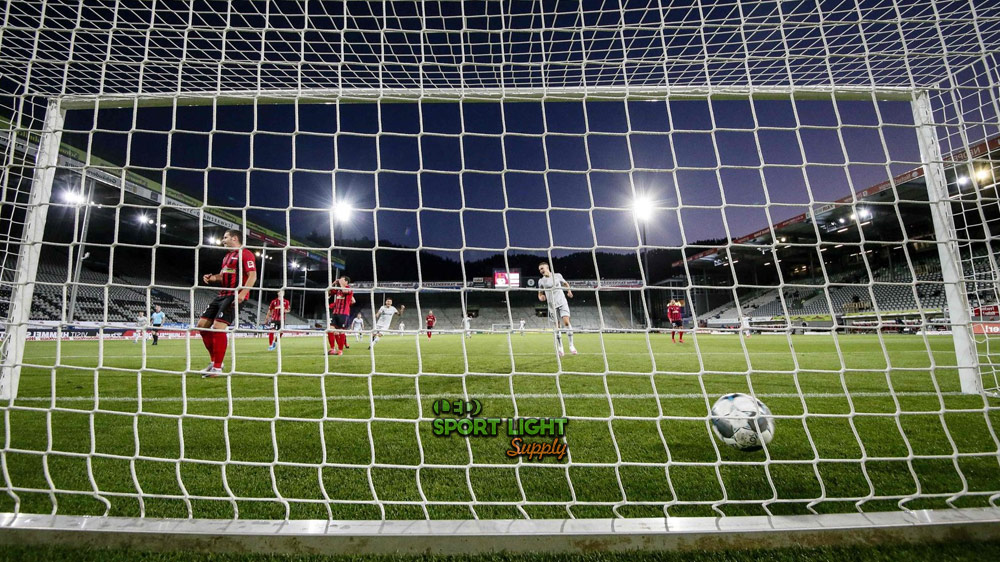
This is in regards to the amount of light spill and excess light that isn’t focused on the field. LED soccer field lights must have a rating that is compliant to specific levels to be a regulation level. This level is rated at GR<50 and will have highly focused light with a very little light spill. Lighting that appears from light poles will not interfere with players or spectators viewing levels. Because of this rating, a light source is not considered irritating or distracting.
8. Shadow
Any type of soccer field lighting form light poles will produce shadows. This is why vertical lighting at professional matches helps to fill-in horizontal pole shadows. The use of parameter fill lighting is placed around the pitch in strategic locations. This reduces the number of field shadows and also helps illuminate players and objects on the field. Smaller fields that have 4-6 light pole configurations often have higher amounts of field shadows if fill lights aren’t used.
9. Flicker (low flicker rate under slow-motion camera)
Flicker has long been a problem for indoor and outdoor field lighting due to the type of fixture used. Metal halide, high-pressure sodium, and halogen fixtures all have flicker problems that are controlled with ballasts. LED lighting has no flicker that can be seen with the naked eye. Even when slow-motion TV cameras use a higher frame rate, the amount of flicker that can be detected is invisible. Even if flicker is detected, computer software cancels out video frames that do not have a useful image
Advantages of using LED soccer stadium lighting
1. Energy efficient/reduced running costs
LED lighting is changing and improving the running costs of sports and soccer field lighting. The old filament-based light fixtures that are still being used around the world are endless wastes of electricity and money. Using LED lighting is an immediate cost reduction on electricity and wattage used. This turns into savings that are easily 75-85% of the previous electricity bill. In turn, the running cost of LED lights is highly affordable and energy-efficient.
2. Uniform lighting
Because of the strict regulations of professional soccer matches, lighting uniformity is a must. This is made possible through testing methods that determine the actual amount of light that reaches the pitch surface. The pitch is divided into a grid and each section has two separate light measurements. The first is from overhead horizontal lighting and the rest is from vertical lighting. These are calculated and show how uniformly filled the pitch is through factual numbers as a guideline.
3. No warm up time
LED lighting has no warm-up time and doesn’t need time to reach its’ full brightness. It turns on just as the electricity has reached the semiconductor. The light is immediate when compared to filament bulbs that need warm-up time. Metal halide and HPS all take up to 20 minutes to completely turn on and need time to cool off before turning on again. LED lights can have on/off function at any moment without a problem.
4. Long lifespan
It seems that all lights have a lifespan to them, but the one that is the longest-lasting is the LED light. Since the level of upgrades, they have been able to last longer and perform 100% over time. The average time that LED lights can last is typically 80,000 hours, but can effectively last up to 100,000 hours! Compared to HPS and HID lights, their life is rated for 2 years or less. With LED lights, the lifespan is up to 25 years. This is another reason as to why LED sports lighting is so cost-effective over time.
Soccer field lighting standards Q & A
1. How many lumens does it take to light a soccer field?
Soccer fields will all measure different lengths depending on the age group or league level. Certain soccer pitch lumen levels can be estimated based on three Classes. The class 3 field for recreational games is roughly 350,000 Lumens. A college or semi-pro field needs 450,000 lumens over its’ field. When it comes to a professional league field it can range between 500,000-1,500,000 Lumens depending amount needed for TV.
2. What types of lights do soccer stadiums use?
In a soccer stadium, you need the type of lamp that can illuminate large areas on the field. This is why high power floodlights are used to light up the pitch. These lights are typically 1500 watts apiece and are especially focused to prevent light bleed. The amount of lumens that a 1500 watt fixture produces is 200,000 lumens.
3. What are the common soccer field lighting standards?
a) NCAA lighting requirement
The NCAA is mainly concerned with the number of foot-candles under certain conditions for soccer games. These include regional, national, and championship. Each requires 6 or more poles for their lighting. They allow 75-125 vertical foot-candles per square foot depending on the event.
b) UEFA lighting requirement
This association has very strict stadium lighting requirements that have 4 levels of lighting Lux that are allowed.
- Level A: 2000 Lux Horizontal illumination. This is the elite level events reserves for FIFA championships and finals.
- Level B: 1400Lux Horizontal illumination. This is for tournaments and final qualifying matches
- Level C: 1200 Lux Horizontal illumination. This is for first and second qualifying matches
- Level D: 800 Lux Horizontal illumination. This is for qualifying rounds, women’s matches, and youth matches
c) IES lighting requirement
This society has established itself as the go-to source for lighting requirements from offices to break rooms. They also have similar LUX ratings for soccer.
- Level A: 750 Lux (with 75-foot candles per vertical square foot)
- Level B: 500 Lux (with 50-foot candles per vertical square foot)
- Level C: 300 Lux (with 30-foot candles per vertical square foot)
- Level D: 200 Lux (with 20-foot candles per vertical square foot)
d) UIL lighting requirement
This is reserved for college soccer fields and isn’t meant to be for high end televised events.
Their regulations on sports field lighting require 30-50 foot candles per square foot. This is based on a field that’s 360′ x 225′ in size. This can be based on 4-6-pole lighting design.

